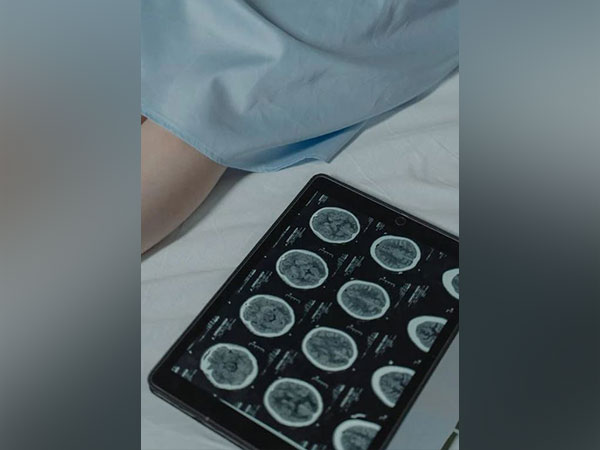

Researchers at Brown University found that it is possible to monitor the evolution of mouse brain blood vessels over an extended period of time.
The study was published in the journal, ‘Nature Communications’.
While age-related brain disorders like Alzheimer’s disease frequently take a lifetime to develop, they are typically not discovered until symptoms have already begun. In light of this, teams of biomedical researchers led by scientists from Brown University have been investigating whether severe neurodegenerative diseases could be detected decades earlier — possibly through something as simple as a routine eye exam rather than a battery of diagnostic tests.
The findings start to provide biomedical researchers with a tool to find and investigate biomarkers in these blood vessels that may hold critical information for the early detection of progressive neurodegenerative diseases like Alzheimer’s, Parkinson’s, Huntington’s disease, and multiple sclerosis.
In order to find these biomarkers in the retina of mice, it is hoped that they will use their method to image the retina of humans in the future. This will allow them to study and monitor how the blood vessels change. The project is one of many studies being conducted by Brown University researchers to detect Alzheimer’s disease early by looking into the eyes.
“In this paper, we show that using our imaging technology we can image the brain of the same animal over and over again repeatedly for almost one year, measuring the properties of blood vessels of the brain,” said senior study author Jonghwan Lee, an assistant professor in Brown’s School of Engineering and Carney Institute for Brain Science. “The results potentially open a path to predicting when someone is at risk for developing these neurodegenerative diseases and for doctors prescribing early treatments for them.”
Tracking how cerebral blood vessels change over extended periods of time in people who develop age-related neurodegenerative diseases, compared to what regular change looks like, has long been a goal for scientists. It’s thought that cerebral blood vessels in people who develop brain diseases show signs of degradation and decline decades before symptoms from the disease begin.
“If we can detect the change in the blood vessels in the brain, or in the retina, for long periods of time, it has long been considered to be possible to predict the onset of these kinds of diseases,” Lee said.
Challenges in current microscopic methods have made this type of longitudinal tracking extremely arduous, however, requiring various workarounds. The research team — which also included scientists from Brown’s Warren Alpert Medical School and School of Public Health — set out to find a more direct approach.
The novel method they created combines advanced imaging techniques and AI algorithms to track changes in the dynamics and anatomy of the blood vessels of the brain. The researchers used the method to measure these changes in 25 mice for more than seven months.
According to the study, the research team focused on a non-invasive imaging test called optical coherence tomography. OCT uses light waves to look through the retina and image blood vessels that surround the optic nerve. The team adapted multiple OCT techniques to image brains blood vessels like pial vessels, cortical vessels and capillary networks. They then integrated the OCT methods with image processing algorithms to search for patterns in the data they collected from normal mice and Alzheimer’s disease model mice.
Analyzing the data, they noticed differences between normal age-related changes and vascular changes brought on by the disease.
“We found several candidate biomarkers like large blood vessels getting thinner and blood flow getting lower, and, more interestingly, the network pattern of vessels significantly altering, compared to the normal ageing animals,” Lee said.